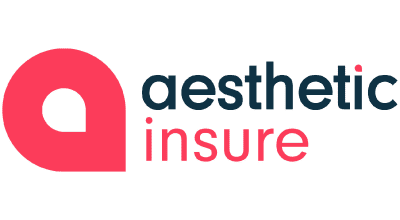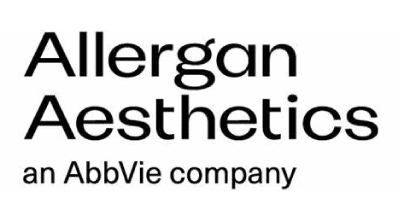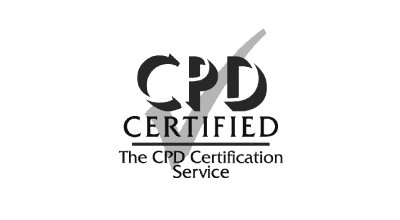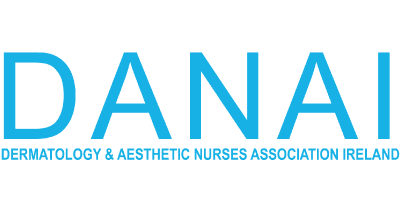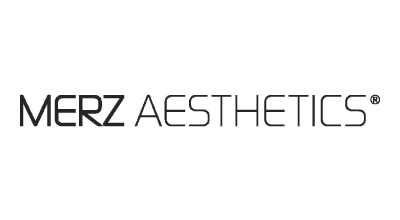The aesthetic consultation is the cornerstone of any successful clinic. It’s where you build rapport, understand patient goals, and ultimately determine the most appropriate treatment plan. But a good consultation goes beyond just discussing desired outcomes. Here at Cosmed, we emphasize the importance of investing time to complete a comprehensive patient assessment, including the ability to detect potential body dysmorphia (BDD).
Building a Foundation of Trust
A successful consultation starts with creating a welcoming and trusting environment. Active listening skills are key to understanding a patient’s true concerns and motivations.
Assessing Needs & Expectations
During the consultation, delve deeper than just desired procedures. Consider the following:
- Patients Medical & Aesthetic History: Understanding a patients medical background is crucial for determining suitability for specific treatments and identifying potential risks. Previous aesthetic treatments and experience.
- Realistic Expectations: Discuss desired outcomes openly and honestly. Setting realistic expectations based on anatomy, product limitations, and aging processes fosters patient satisfaction.
- Identifying Underlying Issues: Sometimes, a patient desired treatment may not truly address their concerns. Be mindful of potential signs of BDD.
What is Body Dysmorphia?
Body dysmorphia (BDD) is a mental health disorder characterized by a distorted body image. Individuals with BDD fixate on perceived flaws that are often invisible or minor to others.
Spotting the Signs of BDD
While a diagnosis is best left to a mental health professional, some signs may indicate potential BDD:
- Excessive Focus on Minor Flaws: Patients may be preoccupied with a specific feature they believe is disproportionately large, small, or misshapen.
- Repeated Mirror Checking or Avoidance: Patients may spend excessive time scrutinizing their reflection or avoid mirrors altogether.
- Constant Reassurance: Patients may repeatedly ask for confirmation of their perceived flaws.
- Dissatisfaction with Results: Even after a successful treatment, patients with BDD may remain dissatisfied and seek further procedures.
The Importance of Ethical Practice
If you suspect BDD, it’s crucial to handle the situation ethically. Here’s what you can do:
Emphasize Non-Surgical Options: Focus on non-invasive solutions like skincare or makeup that can enhance appearance without procedures.
Encourage Professional Help: Gently recommend seeking consultation with a qualified mental health professional specializing in BDD.
Refusal of Treatment: In some cases, refusing treatment may be necessary. Explain your reasoning and emphasize the importance of addressing the underlying BDD for overall well-being.
Conclusion
A thorough consultation is the key to ethical and successful aesthetic practice. By incorporating comprehensive assessment and awareness of BDD, you can build trust with your patients, deliver optimal results, and prioritize their well-being. Cosmed’s training programs equip you with the skills and knowledge to navigate consultations with confidence and ensure the best possible experience for your patients.


